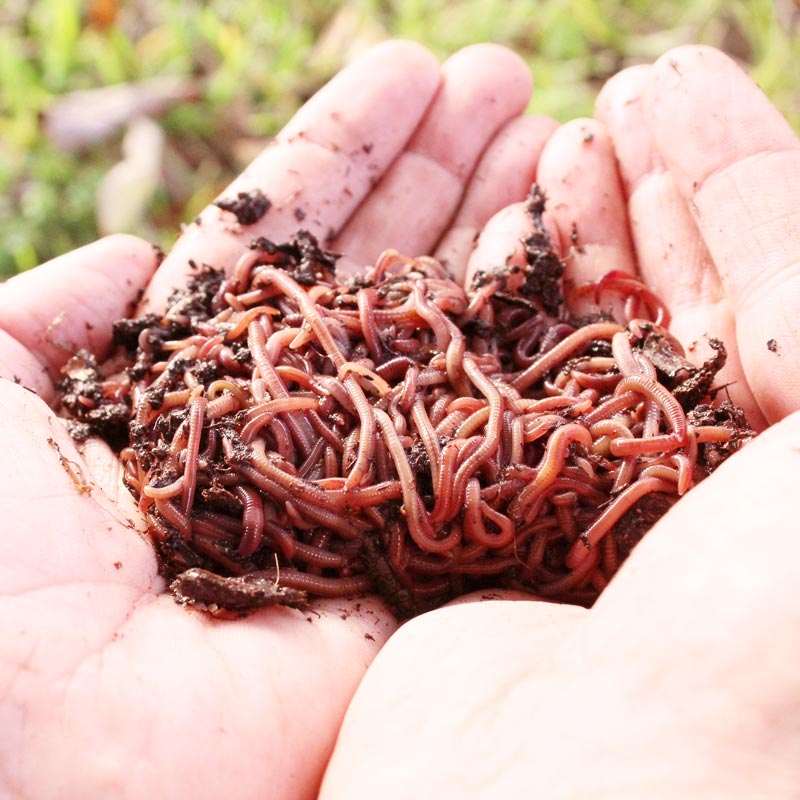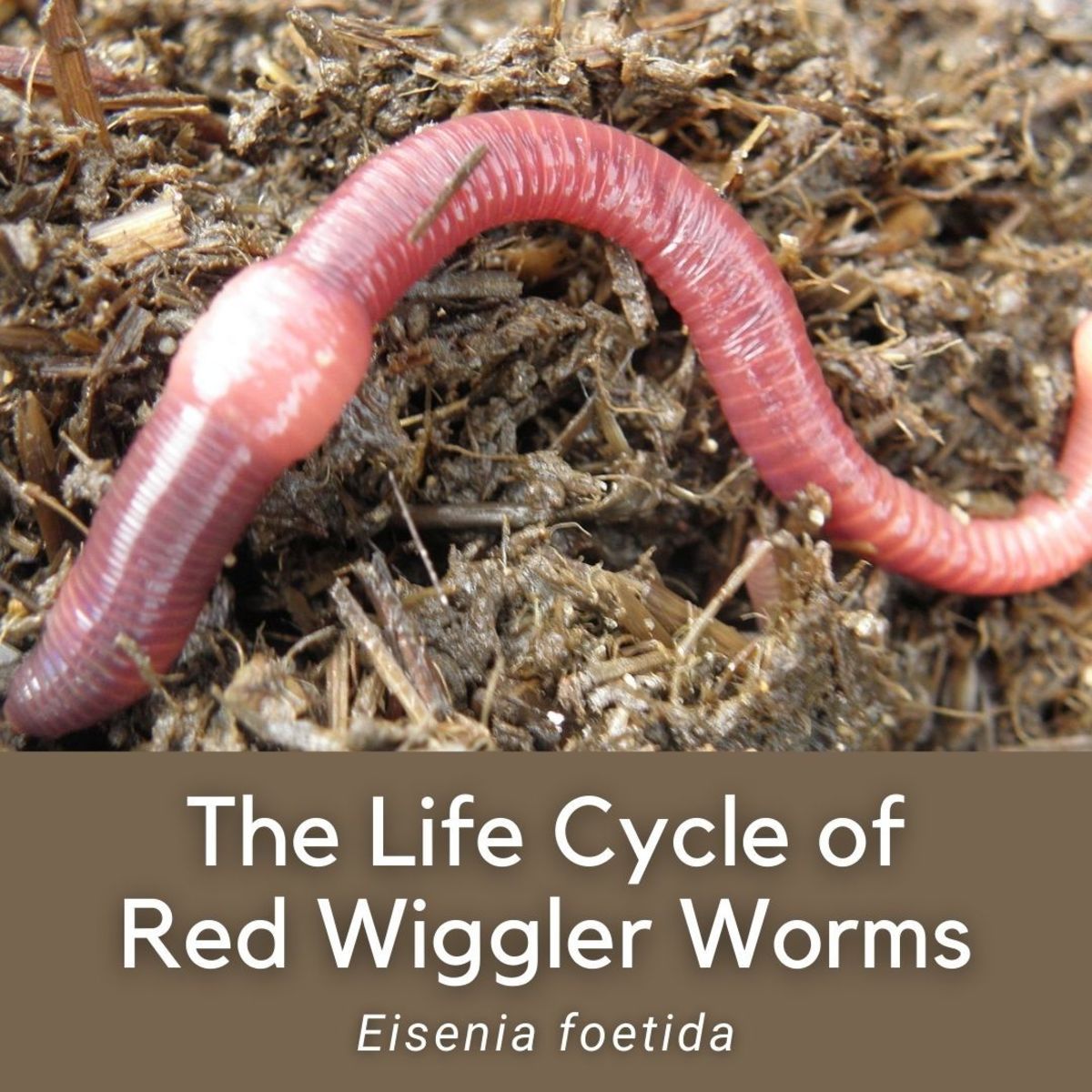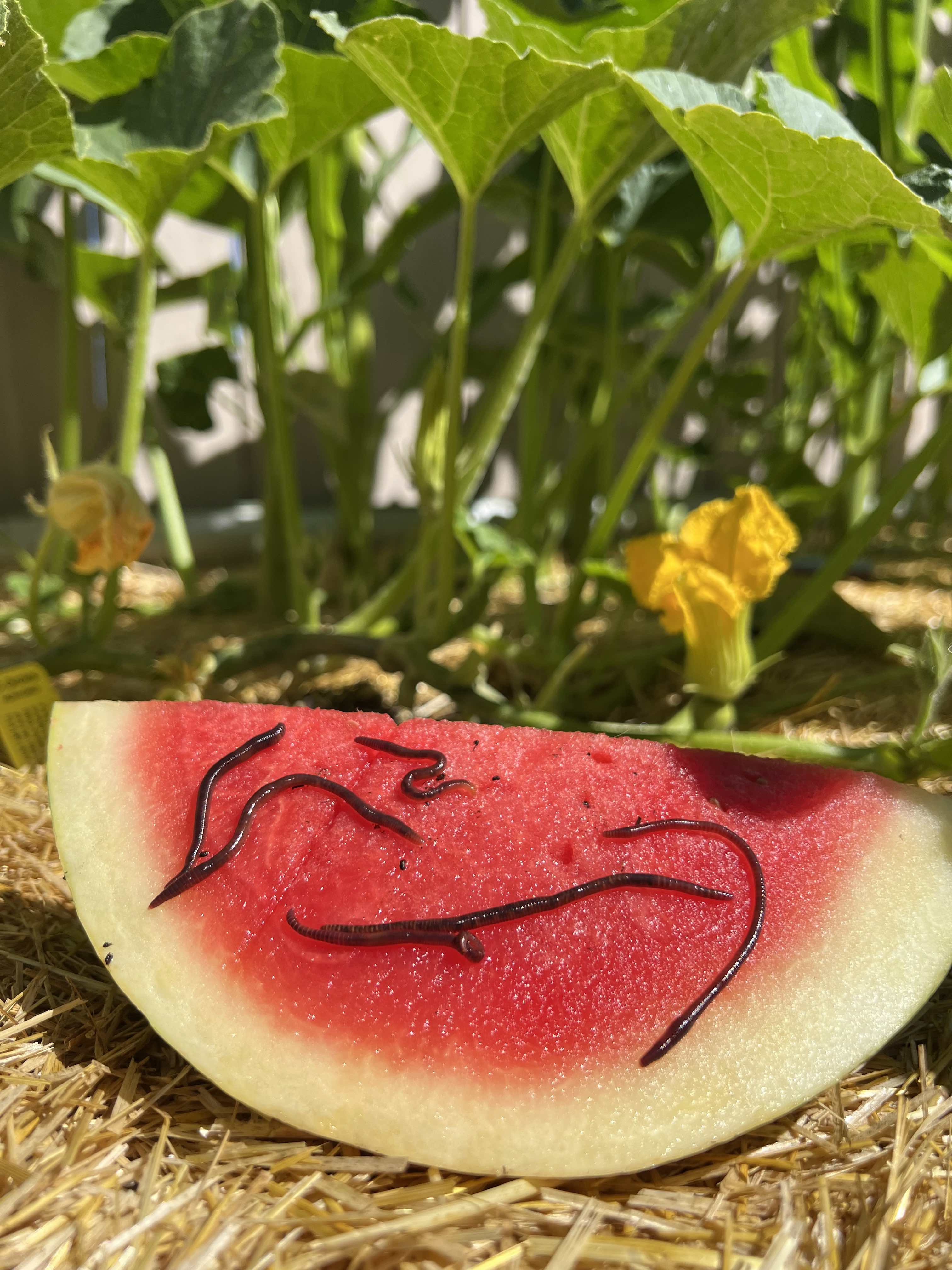Costs High Quality Red Wiggler Worms - Boost Your Garden's Fertility
Costs High Quality Red Wiggler Worms - Boost Your Garden's Fertility
Blog Article
Making Best Use Of the Benefits of Red Wiggler Worms: A Comprehensive Handbook for Home Gardeners and Urban Farmers
In the realm of sustainable horticulture techniques, red wiggler worms stand as unhonored heroes, silently transforming organic waste right into nutrient-rich spreadings that can work marvels for dirt wellness. As home garden enthusiasts and urban farmers increasingly seek ecologically friendly and economical means to improve their yards, the prospective advantages of using the power of red wigglers can not be overemphasized. From lessening cooking area waste to growing much healthier plants, the utilization of these simple creatures offers a plethora of advantages. By discovering the ins and outs of how to successfully take care of and take full advantage of the advantages of red wiggler worms, people can unlock a wide range of opportunities for boosting the sustainability and performance of their gardening ventures.
Comprehending Red Wiggler Worms
Red Wiggler worms, renowned for their effective composting capabilities, are a species of earthworms widely used in vermiculture practices. These worms, scientifically understood as Eisenia fetida, flourish in rotting organic product, making them excellent prospects for composting.
One trick attribute of Red Wiggler worms is their reproductive rate. These hermaphroditic creatures possess both male and women reproductive body organs, permitting them to recreate swiftly under beneficial conditions. A mature Red Wiggler can produce multiple offspring in a short duration, making certain a steady populace within a composting system.

Setting Up a Worm Bin
When establishing a worm bin for vermiculture objectives, correct prep work and focus to information are important for developing a helpful setting for Red Wiggler worms. Begin by picking an ideal container for your worm bin.

Location the worm bin in an amazing, dark area far from direct sunshine and severe temperature levels. On a regular basis monitor the wetness levels, including water if the bedding really feels dry or half-cracked. Feed the worms a balanced diet regimen of vegetables and fruit scraps, avoiding citrus fruits, onions, and spicy foods. By complying with these steps, you can set up a thriving worm container that will successfully process natural waste right into nutrient-rich vermicompost for your yard.
Feeding and Keeping Worms
Guaranteeing a balanced and healthy diet regimen is essential for the wellness and performance of Red Wiggler worms in a vermiculture system. It is vital to stay clear of feeding them citrus fruits, onions, garlic, dairy items, meat, and oily foods as these can be harmful to the worms or create unpleasant smells in the container.
Correct wetness levels are also critical for the health of Red Wiggler worms. The bed linens must really feel like a moist sponge, offering sufficient dampness for the worms to take a breath with their skin. Routinely check the dampness degrees and readjust by including water or completely dry bedding material as needed. Additionally, preserving appropriate temperature level problems in between 55-77 ° F(13-25 ° C )will certainly make sure optimal worm activity and reproduction. By carefully monitoring their diet regimen, moisture, and environmental conditions, home gardeners and urban farmers can maintain a healthy and productive Red Wiggler worm population for composting functions.
Harvesting Worm Castings
To efficiently remove nutrient-rich worm spreadings from the vermicompost, a methodical harvesting process is necessary for making best use of the visit composting benefits. The first action in harvesting worm castings is to urge the worms to migrate to one side of the container.
After the castings have been collected, it is essential to divide any type of staying worms from the castings to prevent hurting them throughout storage or application. One reliable method is to develop cone-shaped piles of castings under brilliant light. Worms will naturally move far from the light, permitting simple separation and elimination.
Finally, the collected worm castings ought to be kept in a trendy, dark, and completely dry area to keep their quality and efficiency as a nutrient-rich dirt amendment. By complying with these actions, home garden enthusiasts and city farmers can optimize the benefits of red wiggler worms in their vermicomposting systems.
Utilizing Worm Castings in Horticulture
The incorporation of nutrient-rich worm castings right into garden soil can dramatically improve plant growth and general dirt health. Worm spreadings, additionally called vermicast, are a natural plant food generated by red wiggler worms as they damage down natural matter. These spreadings are abundant in essential nutrients like nitrogen, phosphorus, potassium, and useful germs that advertise plant growth and improve dirt structure.
When making use of worm spreadings in gardening, it is important to blend them thoroughly right learn the facts here now into the soil or utilize them as a top clothing around plants. The slow-release nature of worm castings makes certain a steady supply of nutrients to plants with time, decreasing the risk of nutrient leaching and advertising long-lasting dirt fertility. Additionally, worm spreadings help enhance dirt aeration, water retention, and microbial activity, producing a healthy and balanced setting for plant origins to flourish.

Final Thought
In final thought, the usage of red wiggler worms in home horticulture and city farming can significantly benefit soil health and plant development. By recognizing exactly how to establish up and visit this site keep a worm bin, feed the worms properly, and harvest their nutrient-rich castings, garden enthusiasts can optimize the benefits of these earthworms. Integrating worm castings right into gardening methods can enhance dirt fertility and overall plant productivity. In general, red wiggler worms use a efficient and sustainable service for boosting garden and farm yields.
In the realm of sustainable horticulture methods, red wiggler worms stand as unhonored heroes, silently transforming organic waste into nutrient-rich spreadings that can function wonders for soil health and wellness.When developing a worm container for vermiculture objectives, proper prep work and focus to information are vital for producing a favorable environment for Red Wiggler worms. The first action in collecting worm castings is to urge the worms to migrate to one side of the bin. Worm spreadings, also understood as vermicast, are an all-natural plant food created by red wiggler worms as they damage down organic matter. By recognizing exactly how to set up and maintain a worm bin, feed the worms effectively, and collect their nutrient-rich castings, garden enthusiasts can make the most of the advantages of these earthworms.
Report this page